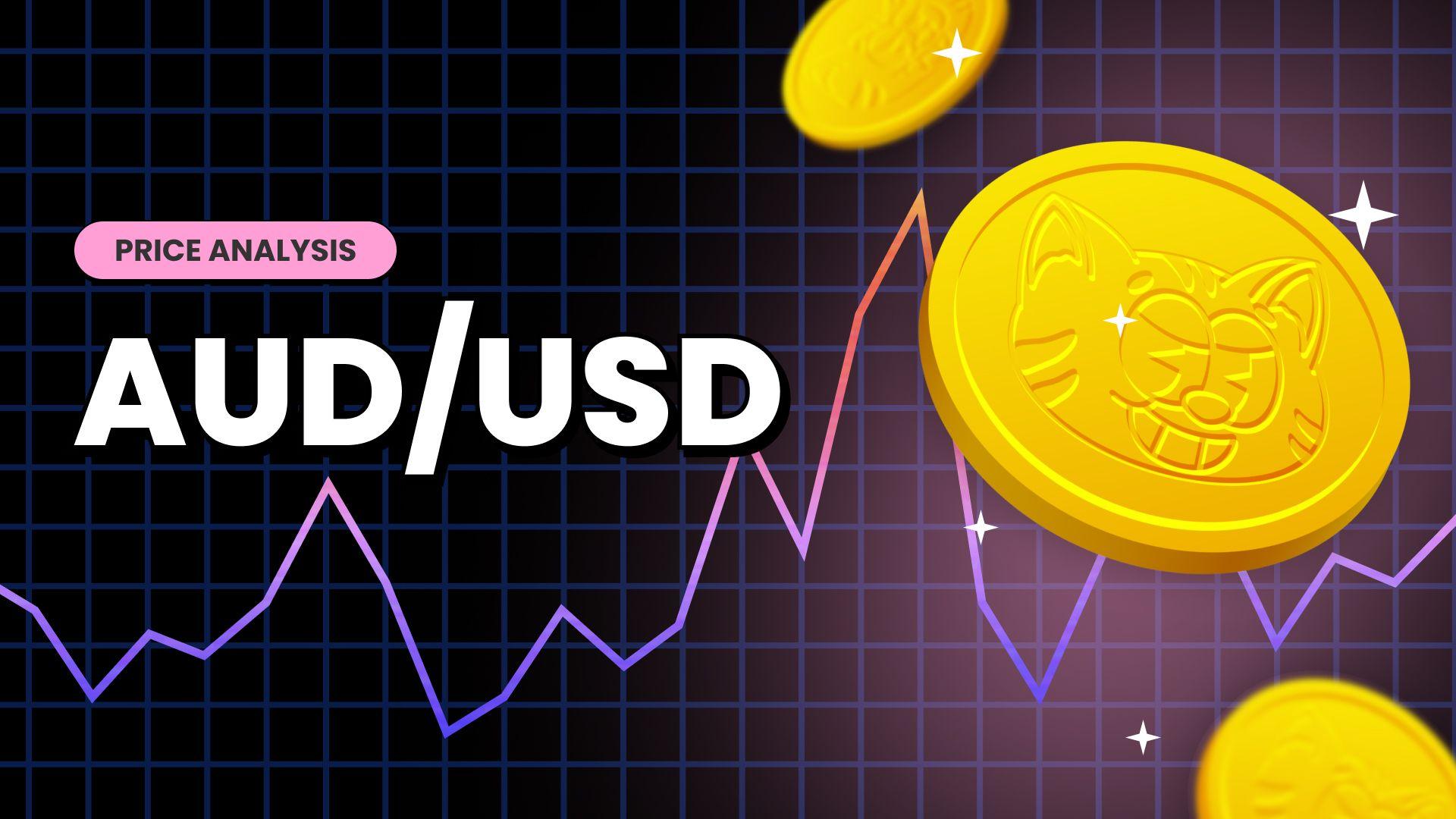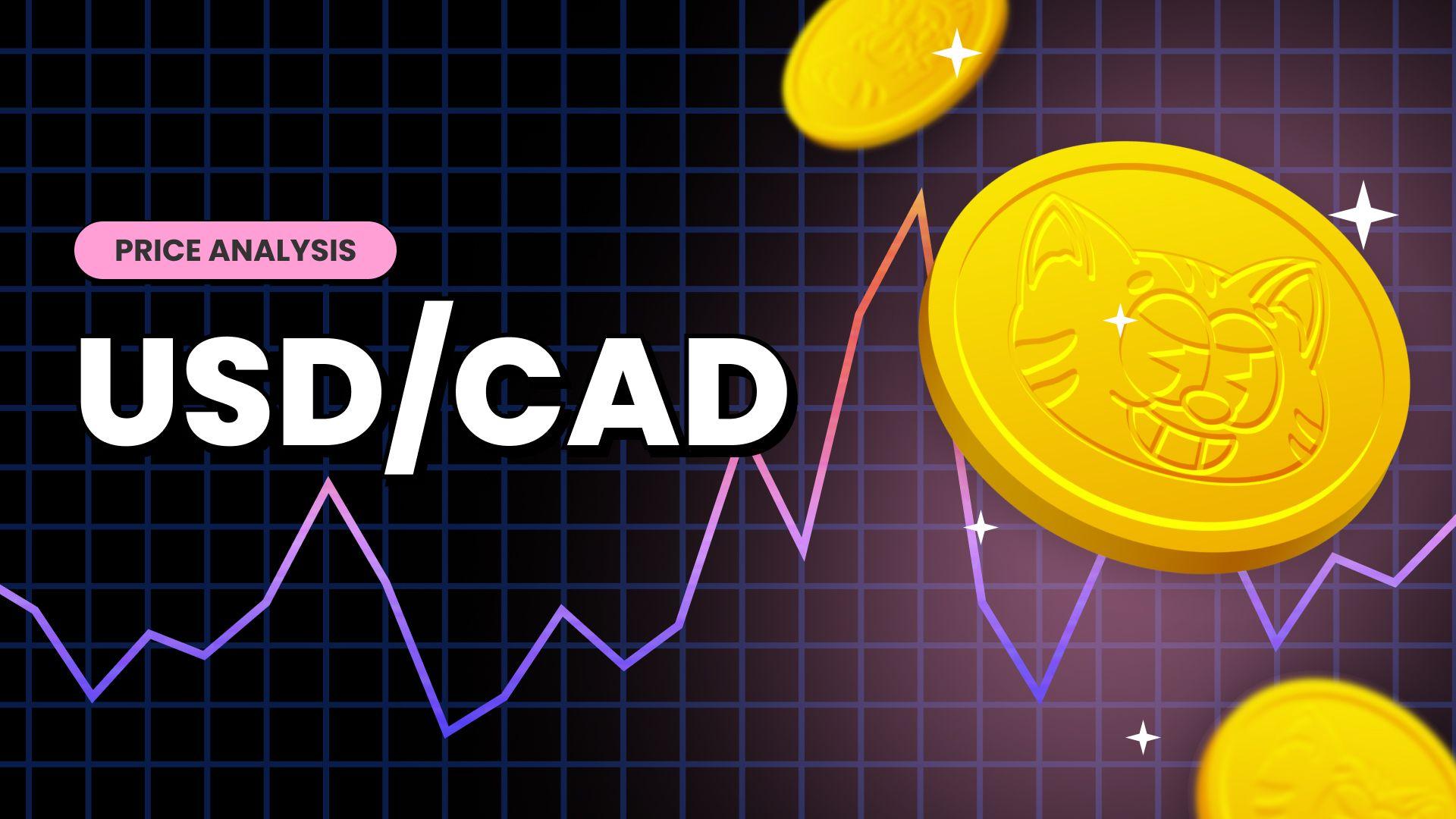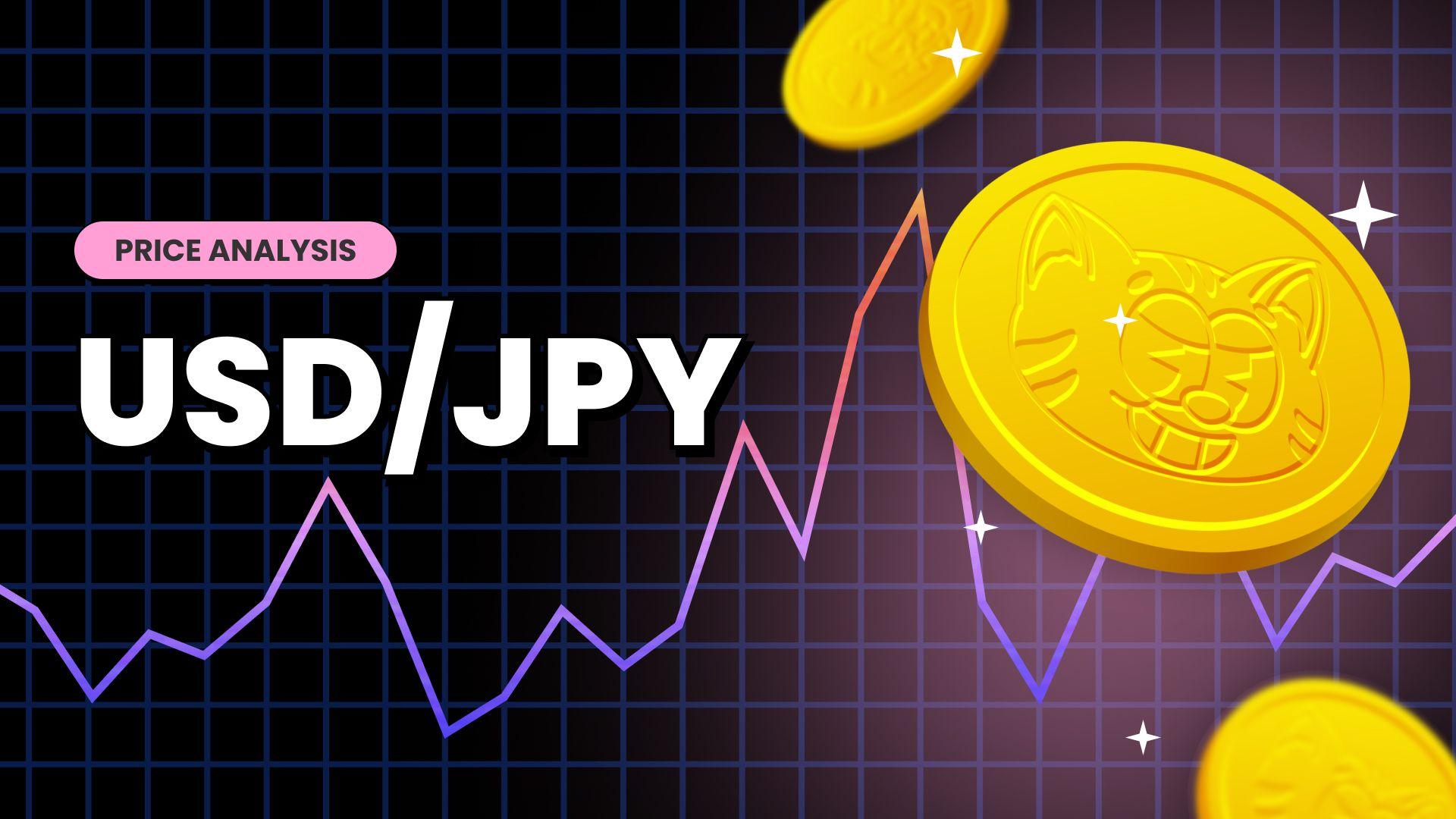The Federal Reserve Rate Hike





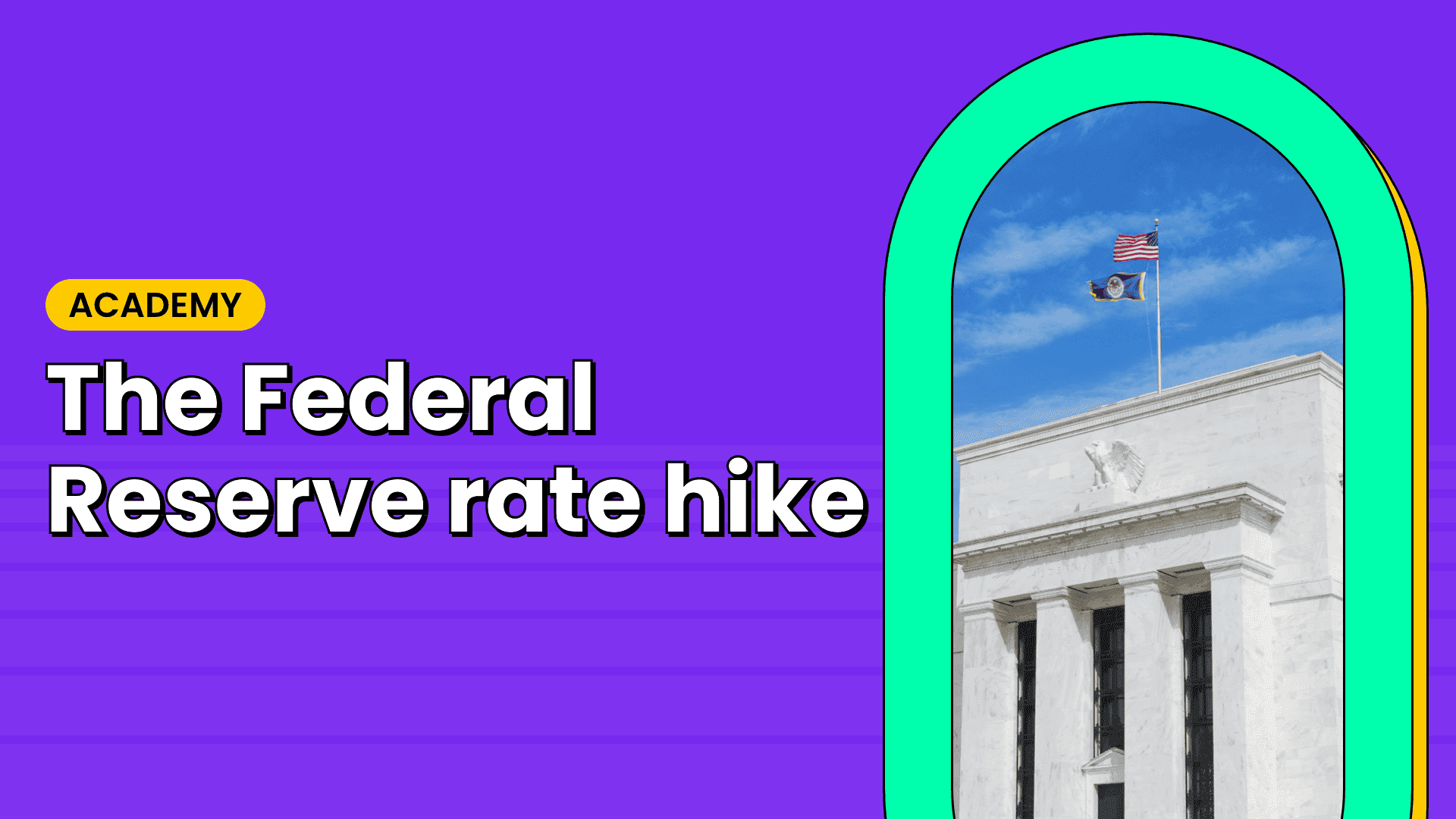

Inflation has long been a severe enemy of economic growth, and the Federal Reserve constantly tries to keep Inflation in check by adjusting its monetary policy. Inflation can influence currency exchange rates considerably, and the perception of inflationary trends makes up one of the basic items affecting central bank monetary policy.
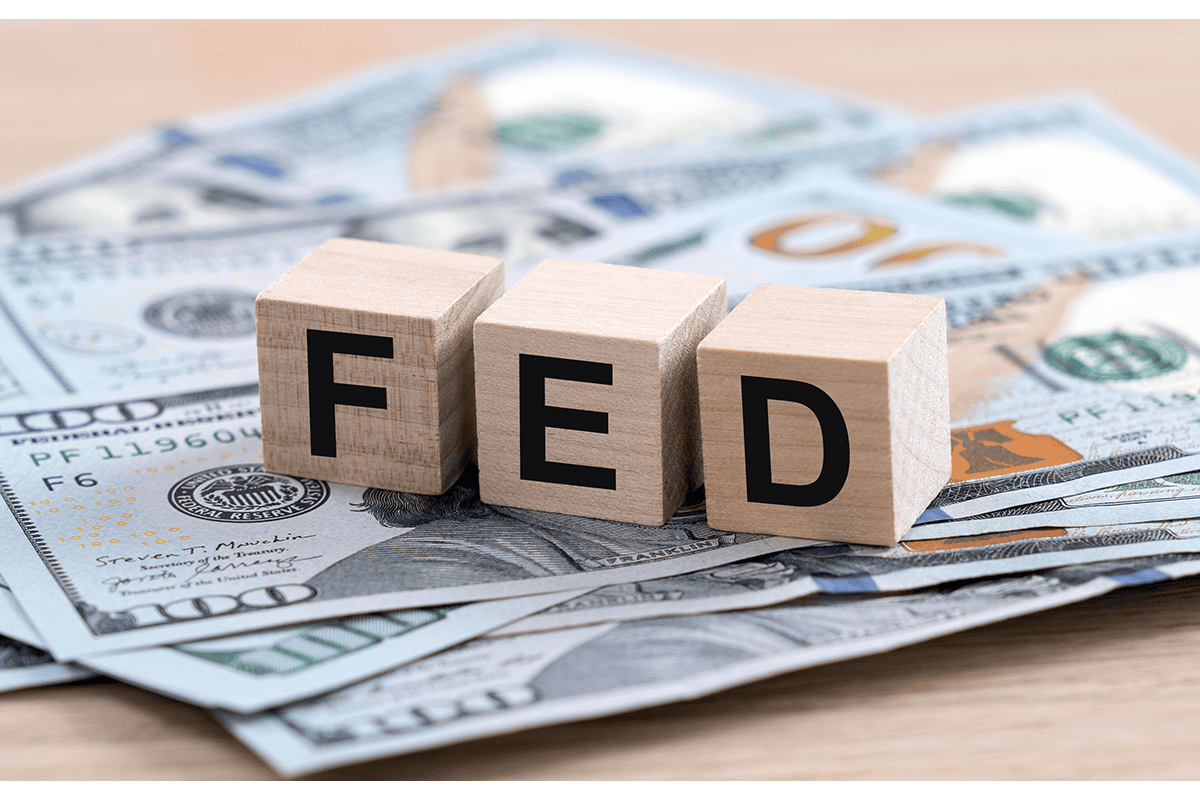
The U.S. Congress established three key objectives for monetary policy in the Federal Reserve Act: maximizing employment, stabilizing prices, and moderating long-term interest rates. Since 2012, the Federal Reserve has targeted annual Inflation of 2%, consistent with the stable prices portion of its dual mandate.
The Fed targets a positive rate of Inflation, defined as a sustained rise in the overall price level for goods and services, because a sustained decline in prices, known as deflation, can be even more harmful to the economy. The positive level of Inflation and interest rates also allows the central bank to lower rates in response to an economic slowdown. In this article, we will explore what a fed rate hike is, how the Fed hikes its interest rates and its impact on the forex market.

What is a Fed Rate Hike?
A Fed rate hike means an increase in the federal funds rate, the rate at which commercial banks lend money to each other. The higher interest rates substantially impact the interest rates paid by commercial banks, affecting the interest rates offered by banks.
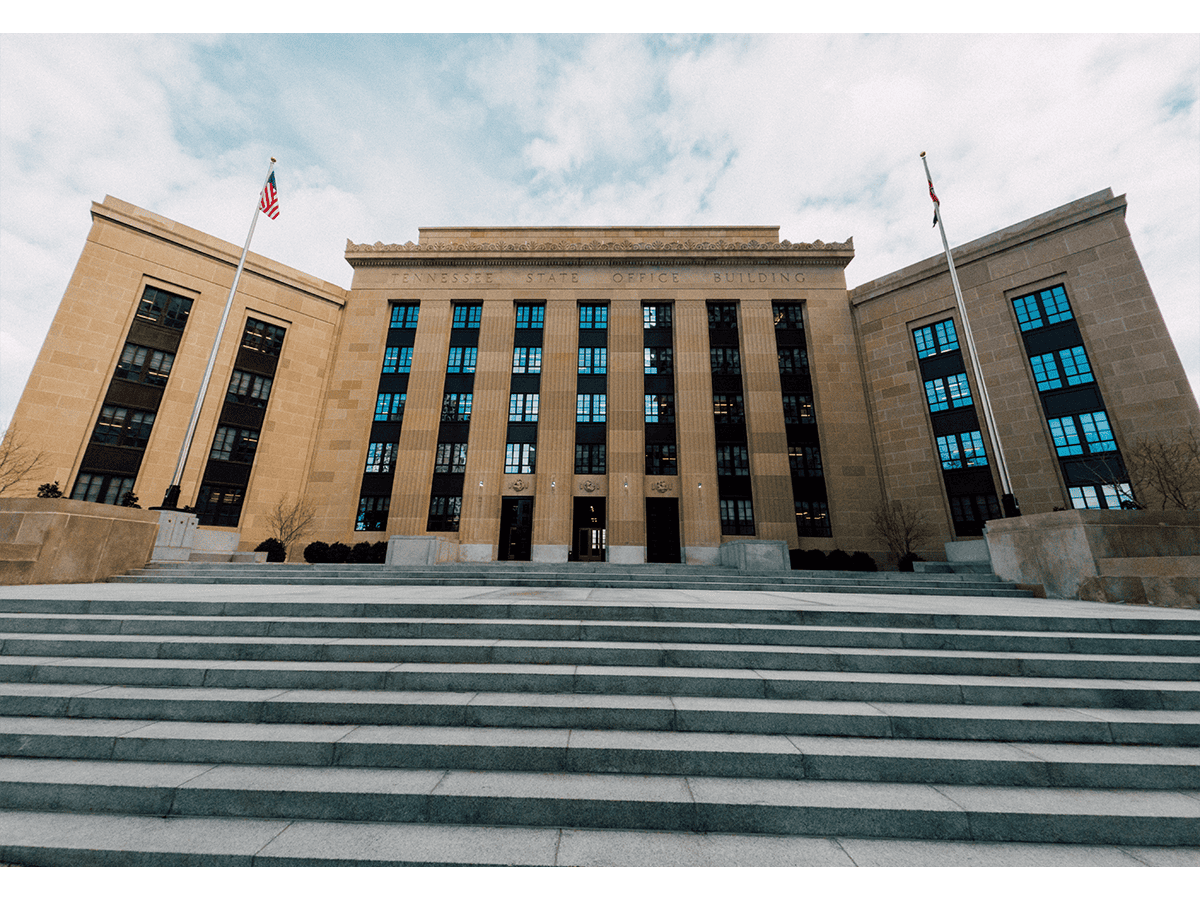

How Changes in interest rates affect Inflation
When the Federal Reserve responds to elevated inflation risks by raising its benchmark federal funds rate, it effectively increases the level of risk-free reserves in the financial system, limiting the money supply available for purchases of riskier assets.
It is worth noting The Federal Reserve's preferred inflation measure is the Personal Consumption Expenditures (PCE) Price Index. The Fed also closely watches the core PCE Price Index, which excludes food and energy prices typically more volatile and less reflective of the overall price trend.
When a central bank reduces its target interest rate, it effectively increases the money supply available to purchase risk assets.
Rising interest rates discourage consumer and business spending by increasing borrowing costs, especially on commonly financed big-ticket items like housing and capital equipment. Rising interest rates also tend to weigh on asset prices, reversing the wealth effect for individuals and making banks more cautious in lending decisions.
Finally, rising interest rates signal the likelihood that the central bank will continue tightening monetary policy, further tamping inflation expectations.

What impact does Fed Rate Hike have on the Forex Market?
- The Fed raises interest rates, which means that the U.S. dollar enters a strong channel, and the currencies and commodities linked to the U.S. dollar will depreciate;
- The higher interest rates create a strong impetus for international capital to flow into the United States;
- Countries supported by the U.S. dollar-denominated capital will face the risk of capital pumping and capital flight;
- It shows that the Fed is optimistic about the economic development of the United States because it needs to adopt tighter monetary policies to suppress the economy's overall momentum;
- Overall, the U.S. dollar interest rate hike is good for the U.S. dollar, making the U.S. dollar index rise.
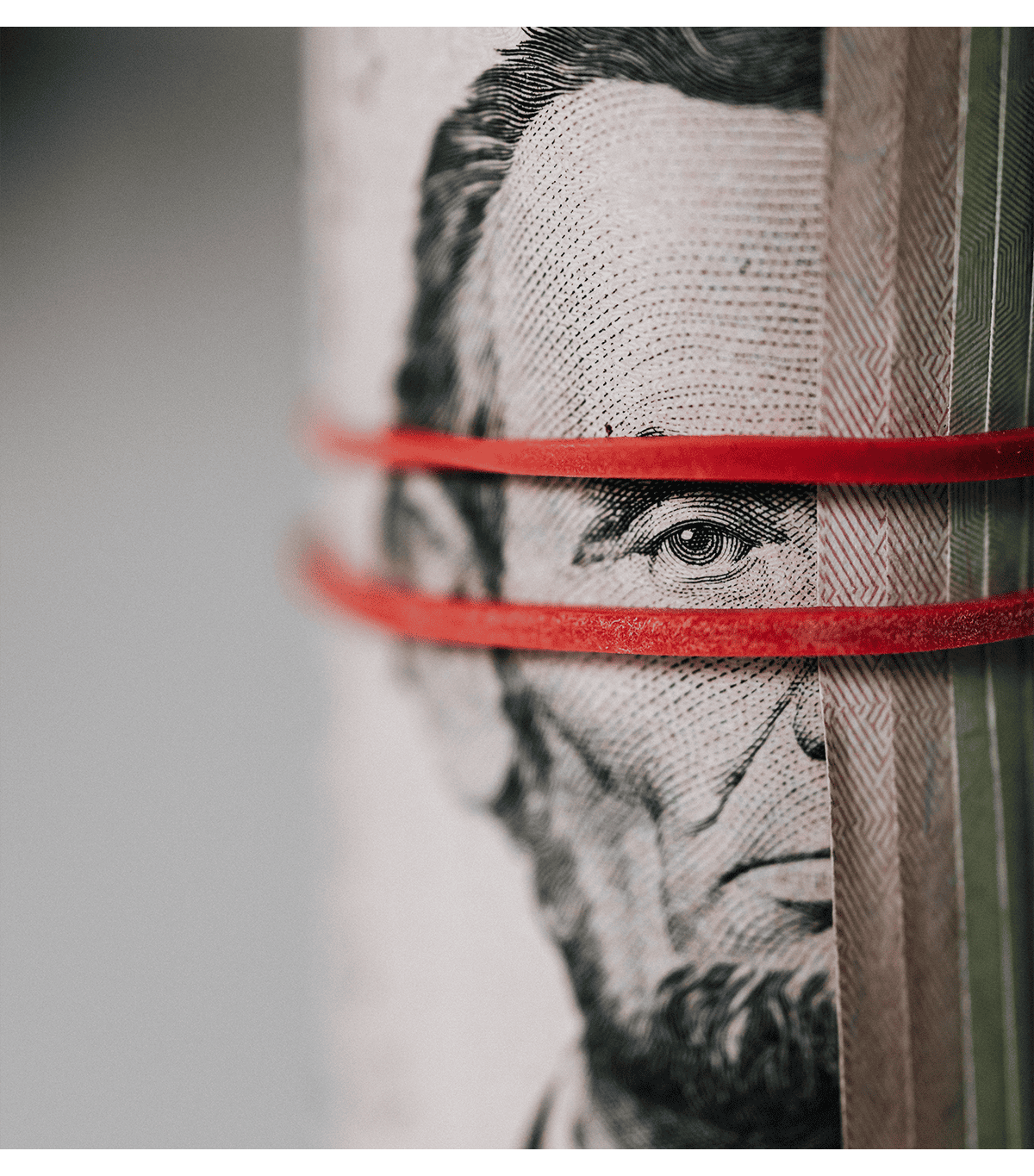

Interest Rate as a FED monetary Policy Tool
The Federal Reserve System primarily implements monetary policy through its Federal Open Market Committee (FOMC), targeting the federal funds rate. This is the interest rate banks charge each other for overnight loans of federal funds, the reserves held by banks at the Fed. This rate is actually determined by the market and is not explicitly mandated by the Fed. The Fed, therefore, tries to align the effective federal funds rate with the targeted rate by adding or subtracting from the money supply through open market operations. The Federal Reserve System usually adjusts the federal funds rate target by 0.25% or 0.50%.
The Federal Reserve on 21st august announced it was raising its key rate by another 0.75 percentage points, lifting the target range to between 3% and 3.25%. The bank said that borrowing costs are expected to climb more - and remain high. The move comes despite mounting concern that the cost of controlling Inflation could be a harsh economic downturn. Federal Reserve Chairman Jerome Powell said the rate rises were necessary to slow demand, easing the pressures on prices and avoiding long-term damage to the economy. But he conceded that they would take a toll. "We have got to get inflation behind us," he said. "I wish there were a painless way to do that. There isn't."
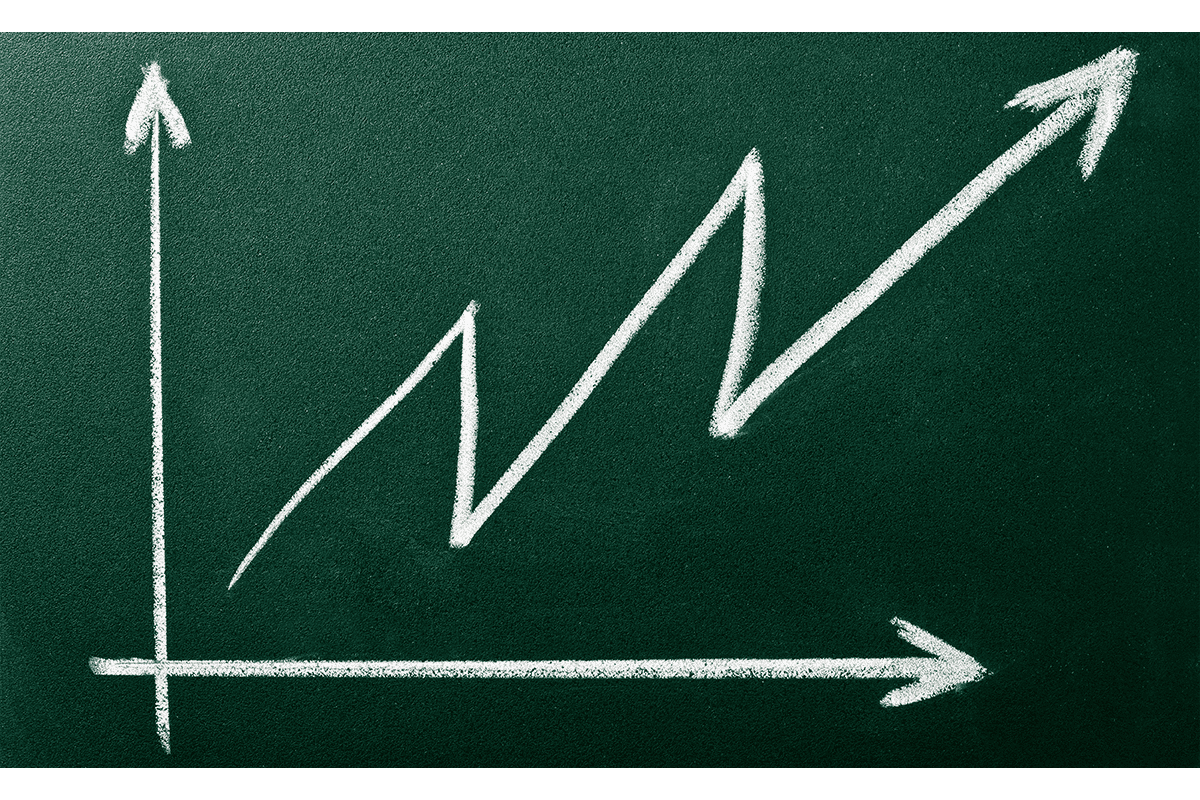

How much will the interest rate go up?
The Fed is raising rates at one of the fastest paces in its modern history, a sharp reversal after years of low borrowing costs, responding to Inflation that is running at a 40-year high.
The Fed initially hoped the problems would fade as supply chain issues tied to the coronavirus pandemic abated. But the war in Ukraine, which disrupted oil and food supplies, added to the problem.
And while oil prices have since come down, inflation pressures are now bubbling across the economy. The most recent data shows Inflation at 8.3% in August, with significant increases in housing, health care, and education costs.
The 21st of August's rate increase - the fifth in a row - lifts the rate the Fed charges banks to borrow from near zero at the start of the year to 3% for the first time since early 2008.
Forecasts released by the Fed on Wednesday show policymakers expect it to reach 4.4% by the end of the year - and rise further in 2023, sharply higher than its prior forecasts.
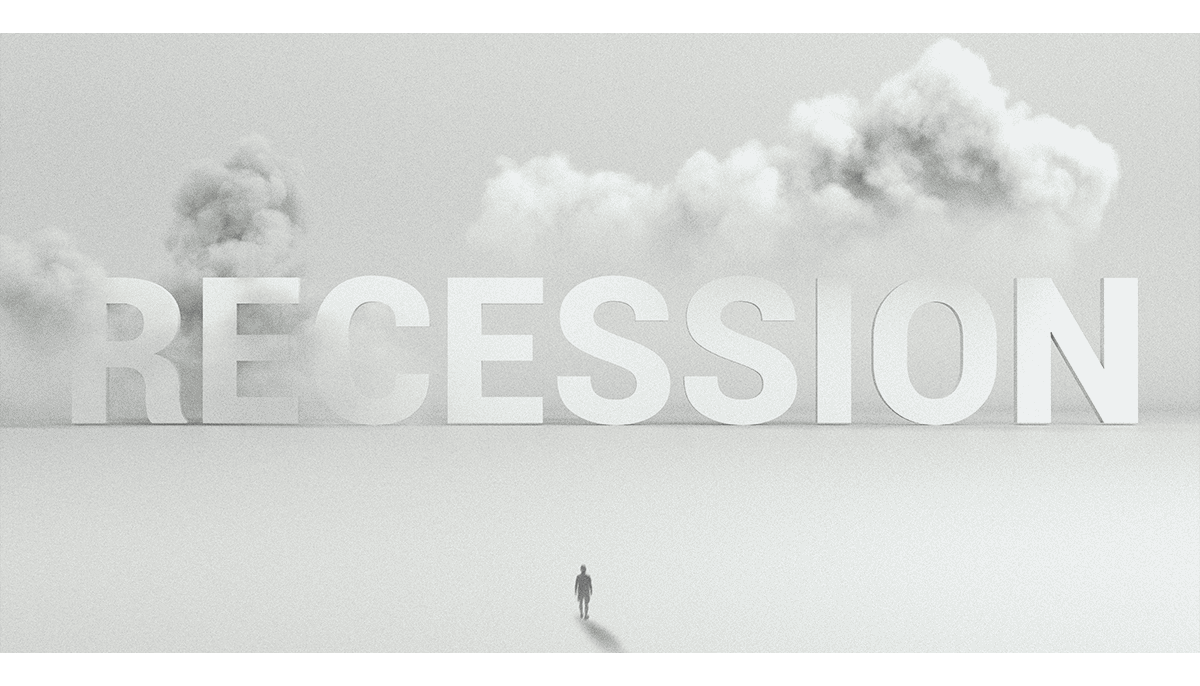

Will FED's Rate Hike lead to a Recession?
The latest forecasts released by the Fed show policymakers expect growth in the U.S. to slow this year to 0.2%. They see growth picking up to 1.2% next year but predict the unemployment rate will rise to 4.4%. The forecasts do not show Inflation returning to the bank's 2% target until 2025.
Mr Powell said doing less could lead to even more economic damage. "Higher interest rates, slower growth, and a softening labor market are all painful for the public that we serve, but they're not as painful as failing to restore price stability and then having to come back and do it down the road again," he said.
Many analysts forecast a recession in the U.S. next year but remain hopeful it will be relatively mild, noting that household finances are in better shape than prior downturns.
But the war in Ukraine and concerns about energy supplies raise the risks, JP Morgan Chase boss Jamie Dimon warned lawmakers at a congressional hearing on Wednesday.
"There's a chance - not a big chance - a small chance, of a soft landing, a chance of a mild recession, a chance of a harder recession. And because of the war in Ukraine... and the uncertainty that causes in the global energy supply and food supply, there's a chance could be worse," he said. "I think policymakers should be prepared for the worst."

The Bottom Line
Interest rates and Inflation tend to move in the same direction but with lags because policymakers require data to estimate future inflation trends, and the interest rates they set take time to affect the economy fully. Higher rates may be needed to control rising Inflation, while slowing economic growth often lowers the inflation rate and may prompt rate cuts.
It is worth noting when the Fed raises interest rates; banks will also increase the interest on user deposits. Therefore, foreign exchange investors prefer to hold U.S. dollars over other currencies. As international funds pour into the United States in search of higher yields, the U.S. dollar will strengthen in the foreign exchange market and appreciate relative to other currencies. Therefore, other currencies will depreciate against the U.S. Dollar.
